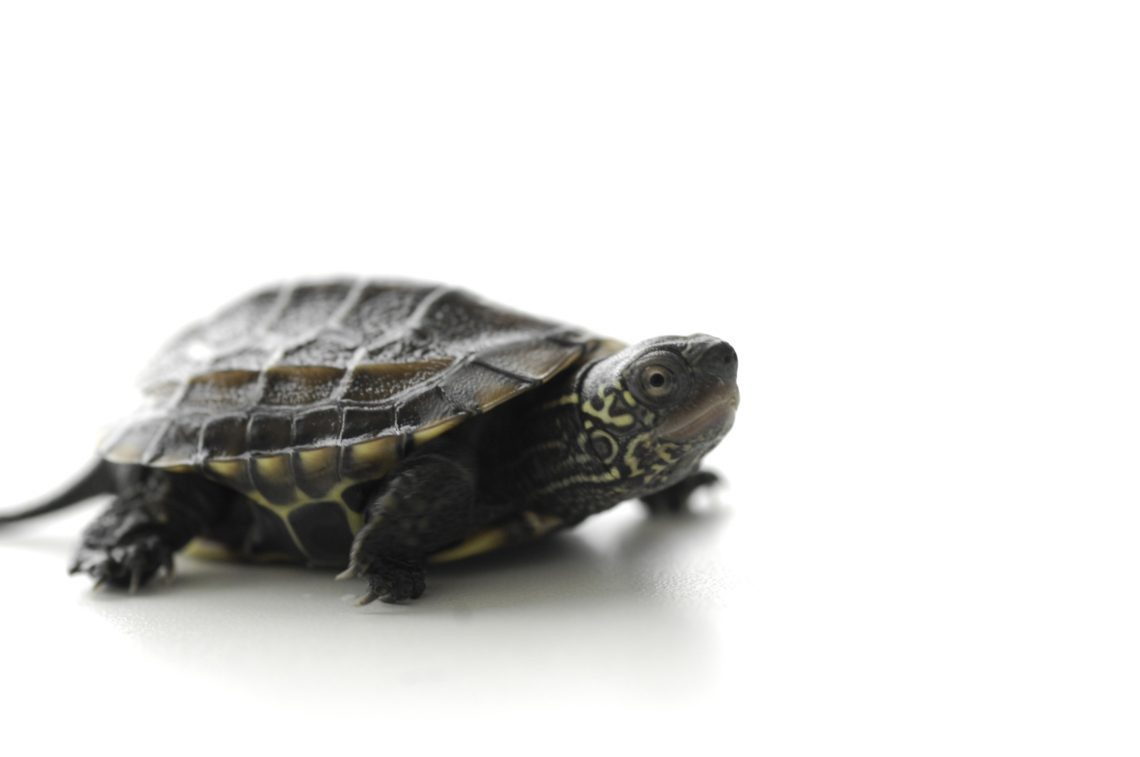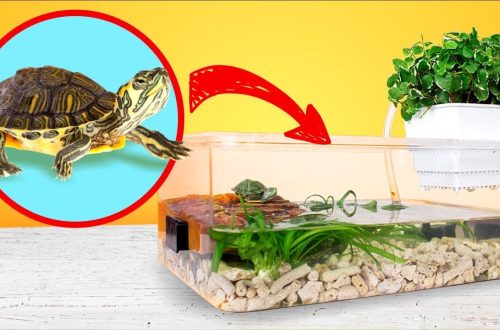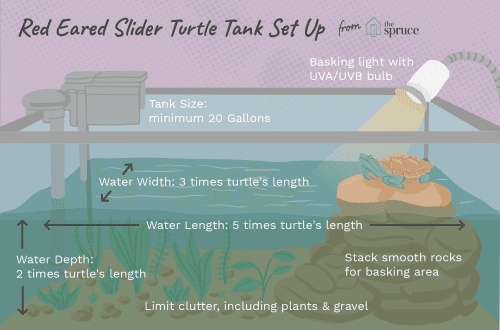
Communication with the turtle and taming
Food plays a major role in the life of a turtle. In order to tame her faster, give her treats. By observing the animal, find out what the turtle likes the most. It could be a banana slice, a dandelion flower, or a tomato. In addition, turtles have confidence in a person who takes a lot of work with them. They become tame.
1. Take food from your hands or with tweezers If the turtle wants to eat, it will start looking for food, and seeing it in front of its nose, it will try to bite off a piece. Often it does not matter to her how this food appeared and is located in front of her.
If the turtle is afraid of you, take a piece of treat with two fingers and let the turtle smell it. After a while, she will gently begin to eat the food. Avoid sudden movements so as not to frighten her, otherwise she will lose confidence in you. Don’t use scented soap or perfume before handling your turtle.
2. Train your turtle to eat at the same time Turtles get used to being fed at the same time, and a few minutes before feeding or if you missed it, they will start banging their paws or shells against the walls of the aquarium or terrarium, reminding them that it is time to feed them.
3. Man gives food Over time, a turtle will associate a person with a breadwinner. The turtle will walk towards you or pull its head as soon as it notices you next to it so that you give it food. Well-trained turtles may even chase or meet their owner. Some turtles shake their heads or wave their paws to be fed.
4. Do not bite, stretch out paws and limbs Feeding the turtle and handling it gently will earn its trust. You can sometimes gently stroke the shell or head of the turtle so that it gets used to you. After a while, she will stop acting aggressively or stop being afraid of you.

5. Food from the shore (for aquatic turtles) To keep the water clean, you can teach the turtle to take food from the shore. It is necessary to gradually put fish or other food higher and higher up the ladder so that the turtle learns to find it there, grab it and carry it into the water. Even fully aquatic turtles will come ashore to feed, but this does not mean that they need a shore.
6. Toys It is said that some turtles like to play with a ball, but more likely it is just a reaction to a foreign object. You can try to leave for a month in an aquarium with a water turtle a small ball of bright color (red, orange, yellow), but not so small that the turtle could swallow it (more than 4 cm). Perhaps over time the turtle will push it in different directions. In the mirror, the turtle sees itself and takes it for another individual, to which it often expresses aggression. There are also interesting options for toys for land turtles – this is a hanging feeder and a ball feeder (a ball with holes into which leaves are inserted).
7 place Turtles learn to come to a certain place in the terrarium where they eat. Some go to the toilet only in a certain corner. This also works if you keep the turtle on the floor (which we strongly discourage doing!).
8. Attract attention The turtle can run to the sound of a rustling bag, or start scratching against a certain corner of the terrarium, through which it is usually taken out if it wants to go outside. Turtles can do some things out of spite, like cats and dogs.
9. Mirror Turtles respond well to their reflection in the mirror. They perceive their reflection as another turtle.
10. Distinguishing sounds Turtles perceive sounds with low frequency vibrations. You can try to attract her attention with claps or the sound of a bell and associate it with a meal and an invitation to socialize (pat a turtle, pick it up, take it for a swim or for a walk).

Communication with turtles
With all the positive qualities of aquatic turtles, they should not be allowed to run on the floor. Turtles on the floor are exposed to many negative influences – they can dry out, cool down, come into contact with toxic substances, with pets that can be aggressive towards a reptile, a turtle can be stepped on, it can swallow something, hide in a gap, from where it can be difficult get, and sometimes even find at home.
But you can take the turtle in your arms, stroke it, scratch it. They enjoy it. It must be borne in mind that turtles can bite, and therefore it is necessary to accustom it to hands gradually. First, she must stop reacting negatively to touch (do not hiss, do not hide …), then she can be put on her arm or leg so that she does not hang in the air (they do not like this).
Over time, turtles will strive to communicate, respond positively to a person and his hands. You should be very careful with aggressive turtles: trionyx, caiman and vulture. Try to take them in hand only in case of emergency. Do not spoil the turtle too much, for example, feed it only from your hands or give only its favorite type of food, pull it out of the terrarium to run if the turtle asks. Turtles are very capricious and wayward, but you should not indulge them.





